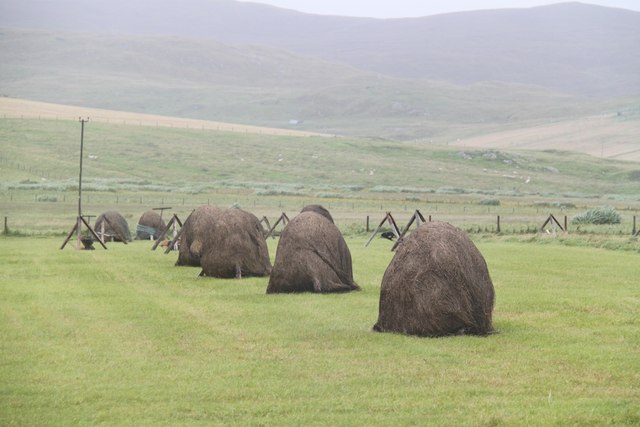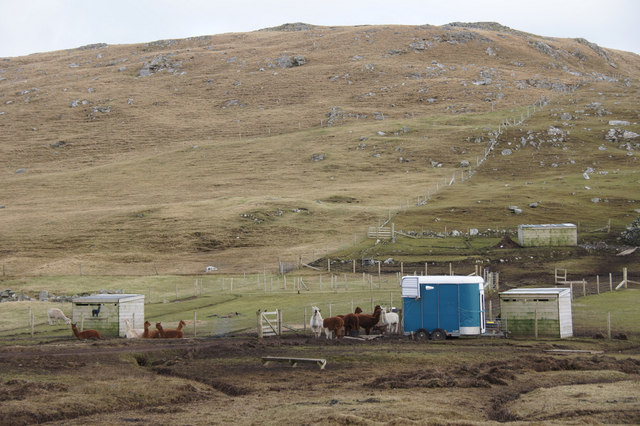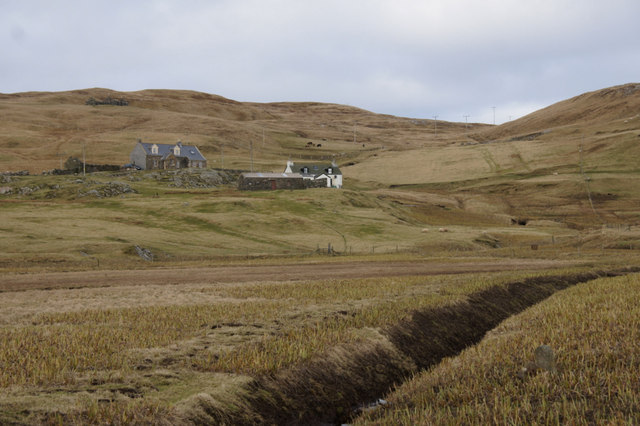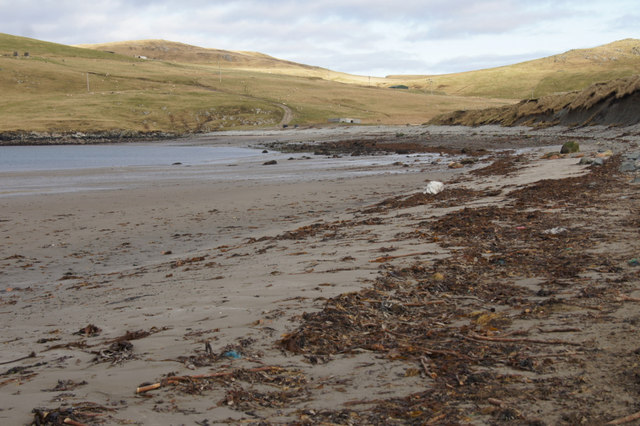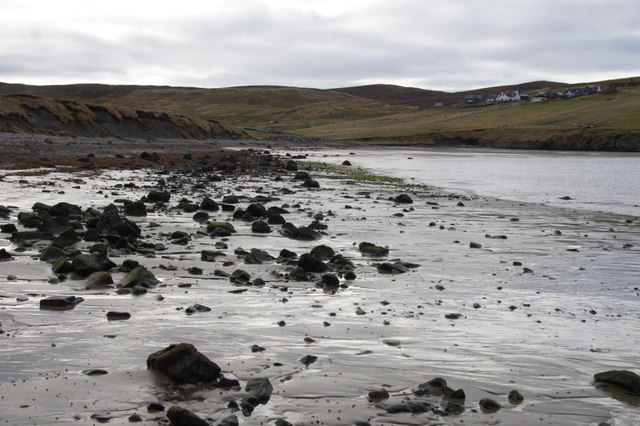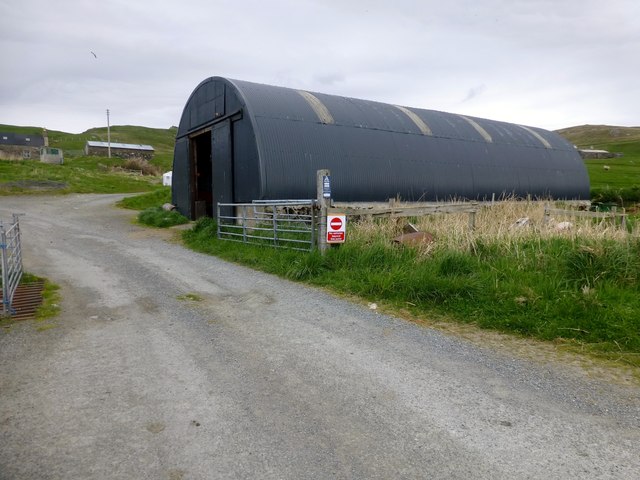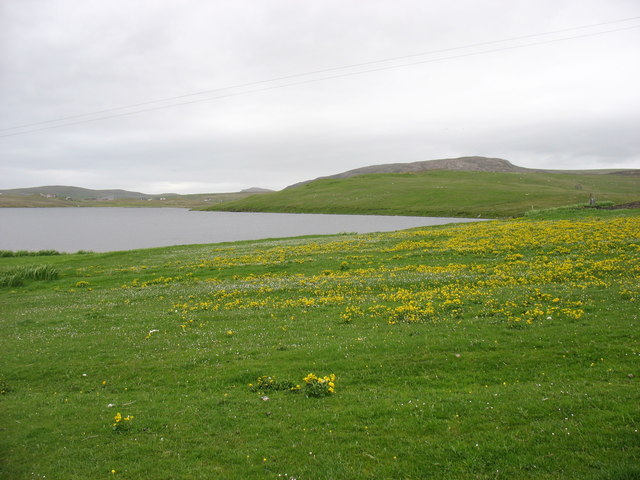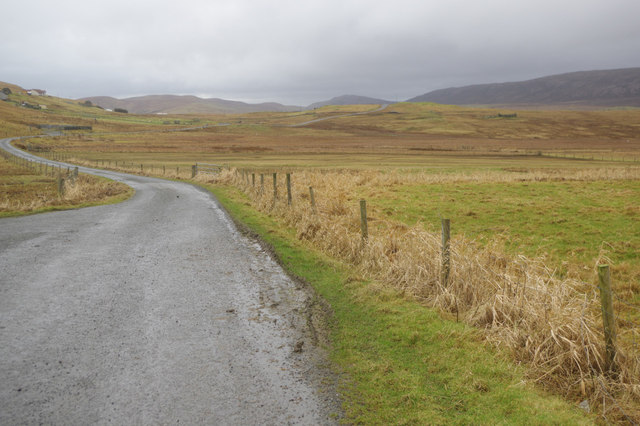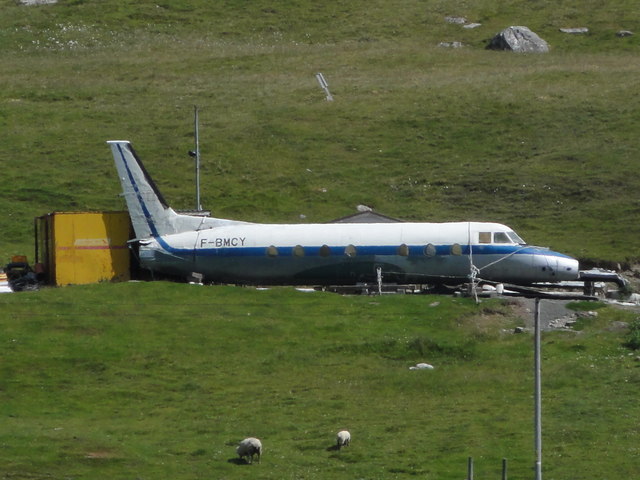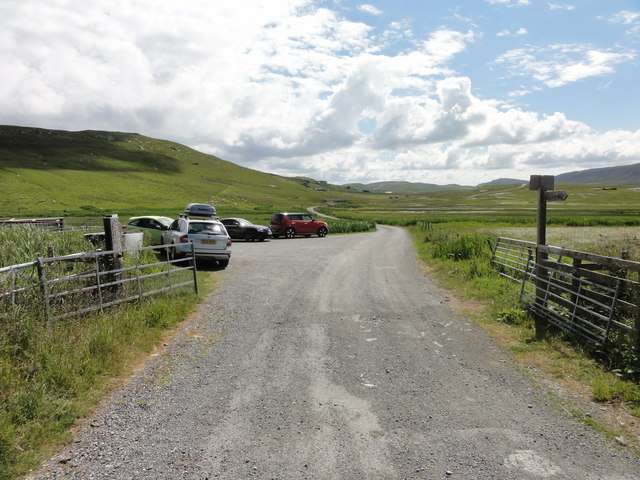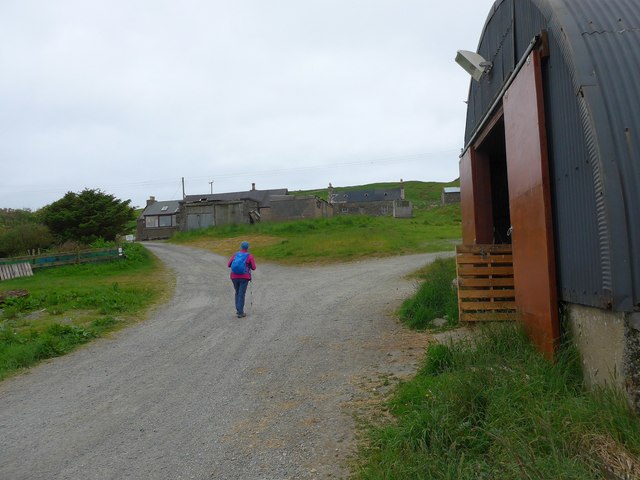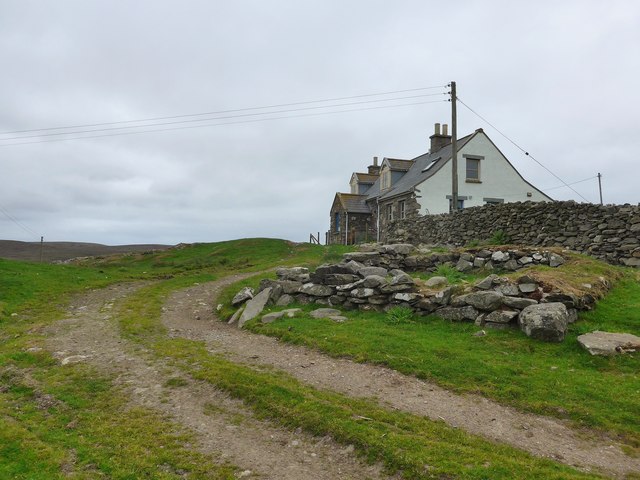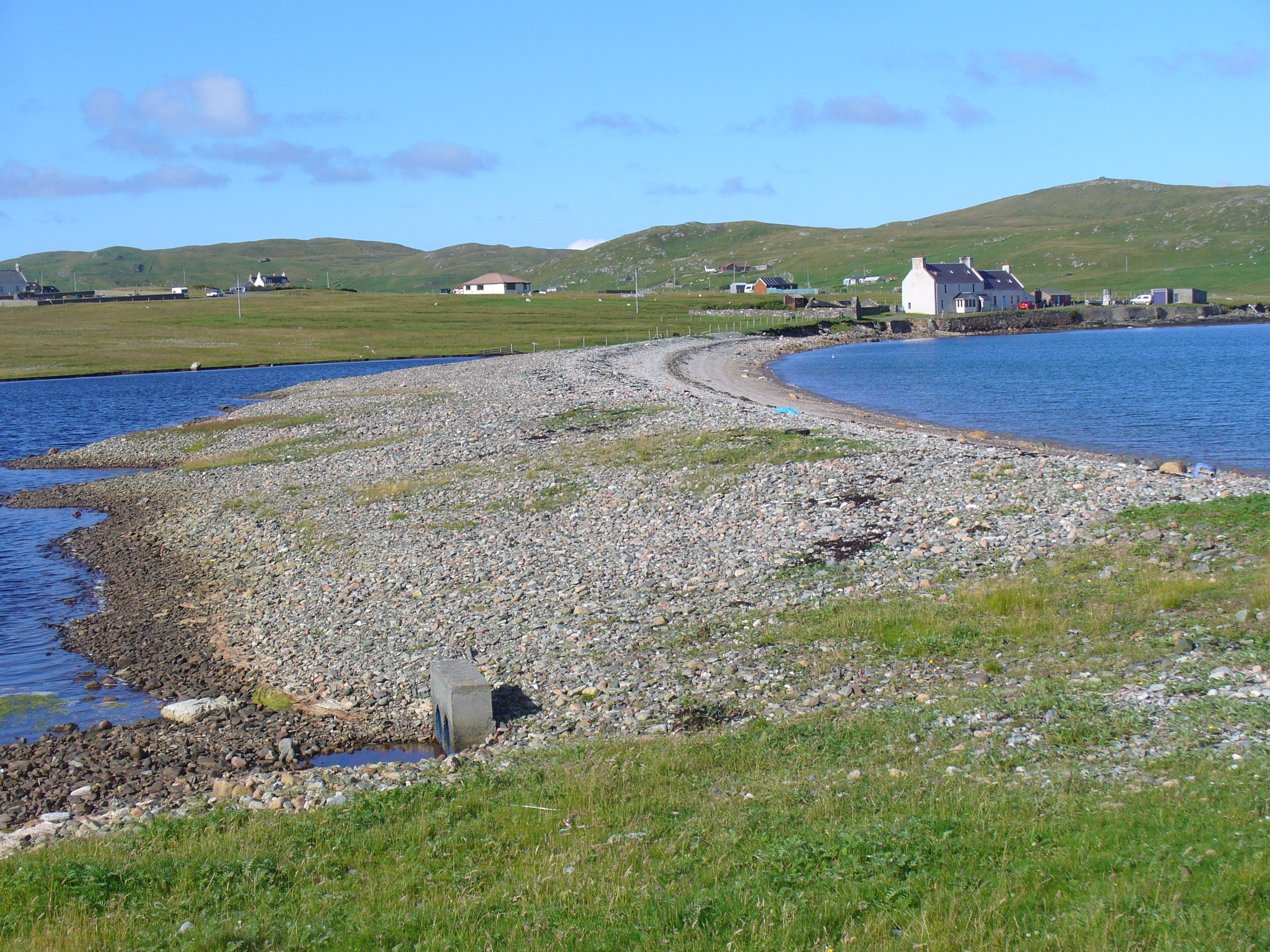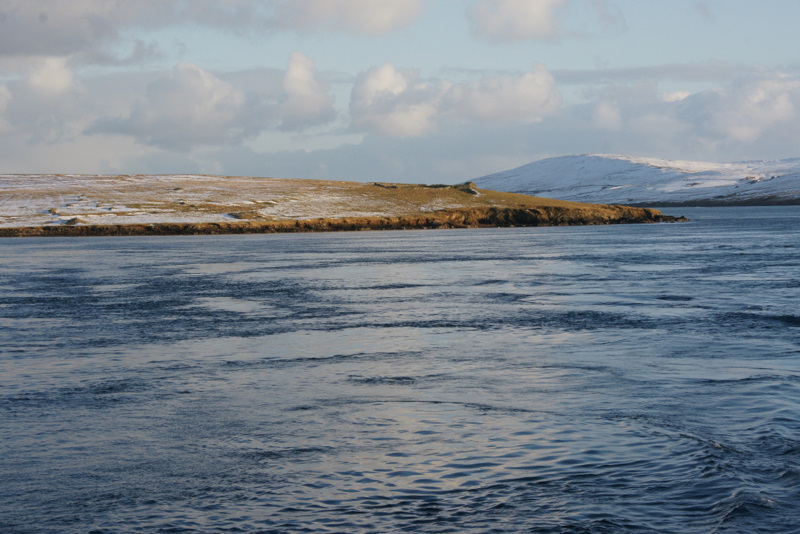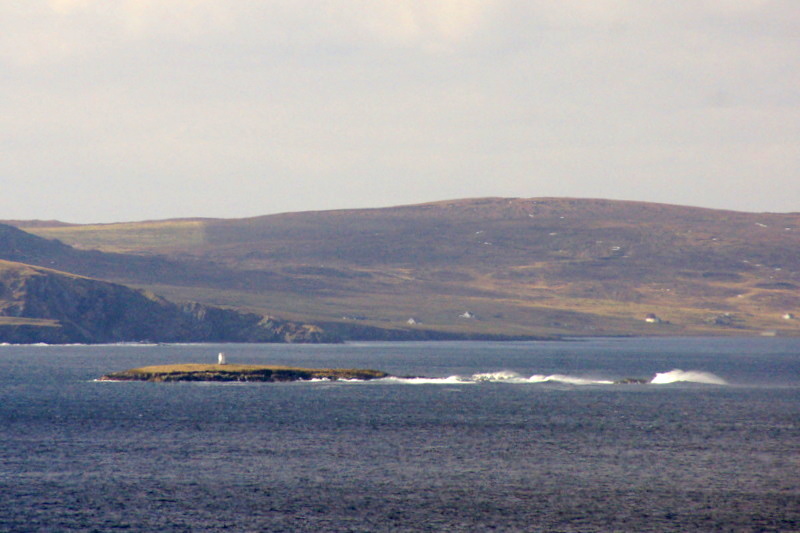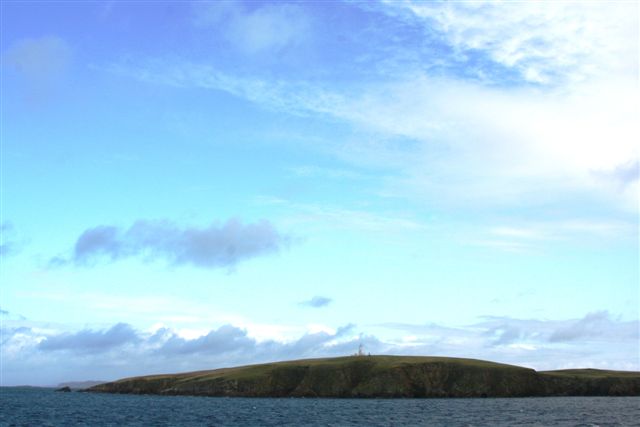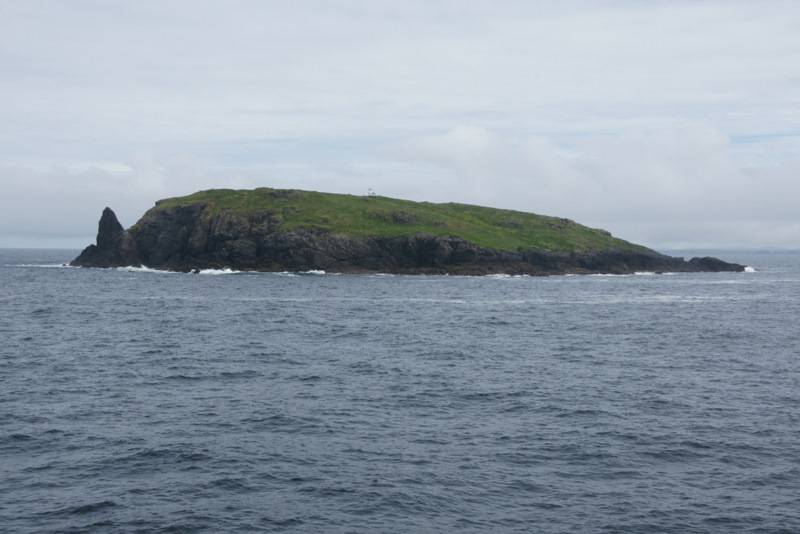Builtie
Coastal Feature, Headland, Point in Shetland
Scotland
Builtie
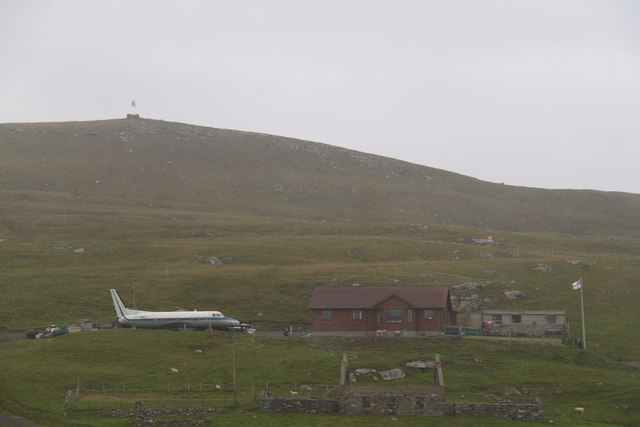
Builtie is a prominent coastal feature located on the island of Shetland, Scotland. Situated on the western coast of the island, it is classified as a headland or point due to its distinctive geographic formation. Builtie is characterized by its rugged cliffs, which rise sharply from the surrounding sea, creating an impressive and dramatic landscape.
The headland is composed mainly of sedimentary rocks, such as sandstone and shale, which have been shaped by the forces of erosion over millions of years. These geological formations give Builtie its unique appearance, with layers of rock clearly visible along the cliff faces.
The area surrounding Builtie is known for its rich biodiversity. The cliffs provide nesting sites for various seabird species, including puffins, guillemots, and razorbills. Additionally, the rocky shorelines and nearby sea caves are home to a diverse range of marine life, including seals, dolphins, and even occasional sightings of orcas.
Access to Builtie is possible via a footpath that winds along the cliff tops, offering visitors breathtaking views of the surrounding coastline and the North Atlantic Ocean. The headland is a popular spot for hiking and birdwatching enthusiasts, who can enjoy the tranquility and natural beauty of the area.
Overall, Builtie is a notable coastal feature on the island of Shetland, renowned for its striking cliffs, diverse wildlife, and stunning vistas. It serves as a prime example of the rugged and picturesque landscapes that characterize the region.
If you have any feedback on the listing, please let us know in the comments section below.
Builtie Images
Images are sourced within 2km of 60.583581/-1.3202906 or Grid Reference HU3789. Thanks to Geograph Open Source API. All images are credited.
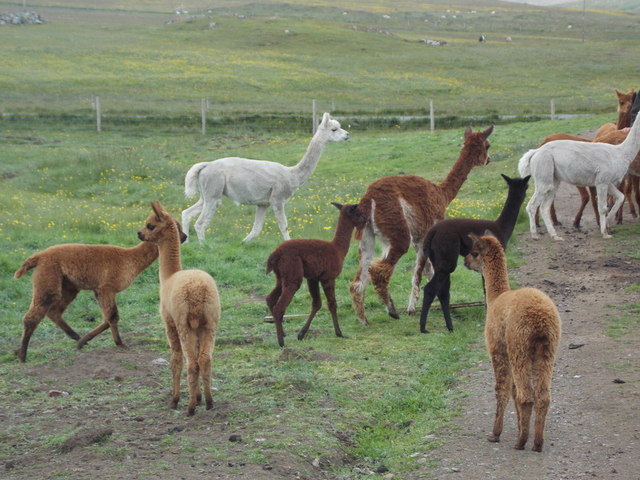
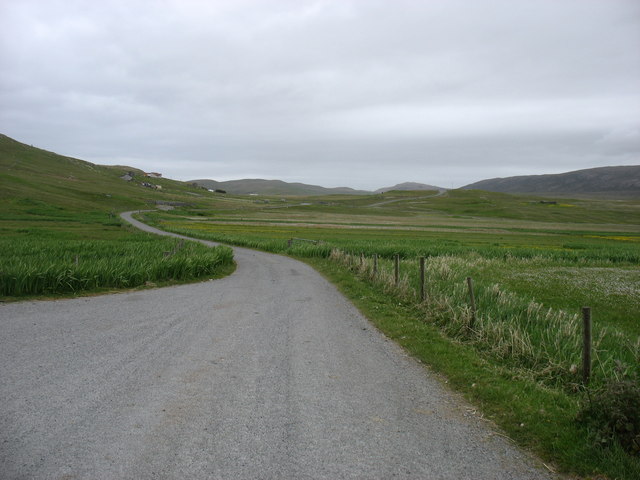
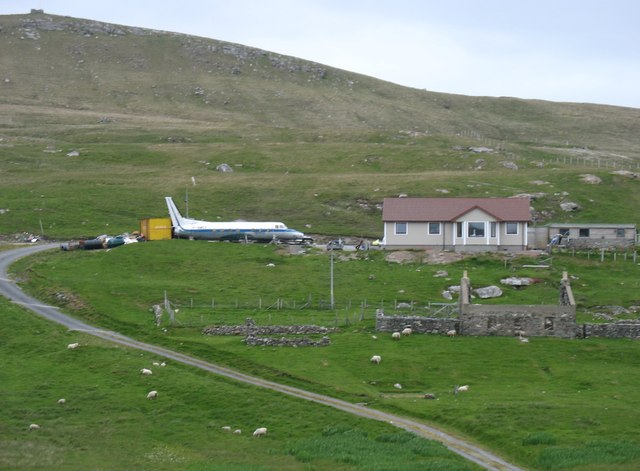
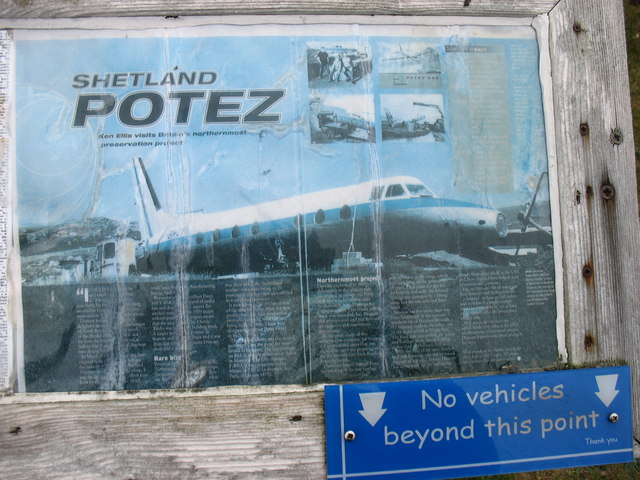
Builtie is located at Grid Ref: HU3789 (Lat: 60.583581, Lng: -1.3202906)
Unitary Authority: Shetland Islands
Police Authority: Highlands and Islands
What 3 Words
///underway.erupt.runners. Near Ulsta, Shetland Islands
Nearby Locations
Related Wikis
North Roe
North Roe is a village, and protected area at the northern tip in the large Northmavine peninsula of the Mainland of Shetland, Scotland. It is a small...
Muckle Holm, Yell Sound
Muckle Holm is a small island in Shetland. It is in Yell Sound, near the Northmavine. It is 23 metres (75 ft) at its highest point. There is a lighthouse...
Yell Sound
Yell Sound is the strait running between Yell and Mainland, Shetland, Scotland. It is the boundary between the Mainland and the North Isles and it contains...
Little Holm, Yell Sound
Little Holm is a small island in Yell Sound, in Shetland, Scotland. It lies between Northmavine and the island of Yell. There is a lighthouse here. In...
Fethaland
Fethaland or Fedeland (pronounced [ˈfeɪdələnd]) is an abandoned settlement at the extreme north end of Mainland, Shetland. It was the site of the largest...
Uyea, Northmavine
Uyea (Scots: Öya in Shetland dialect spelling) is an uninhabited tidal island located to the northwest of Mainland, Shetland. Uyea lies off the Northmavine...
Lamba, Shetland
Lamba is an uninhabited island in Yell Sound in Shetland. It lies 1.5 km (0.93 mi) north of the entrance to the Sullom Voe inlet and 1.4 kilometres (0...
Gruney
Gruney is a small, uninhabited island in Shetland, Scotland. It lies north of the Northmavine peninsula of the Shetland Mainland, from which it is separated...
Have you been to Builtie?
Leave your review of Builtie below (or comments, questions and feedback).
